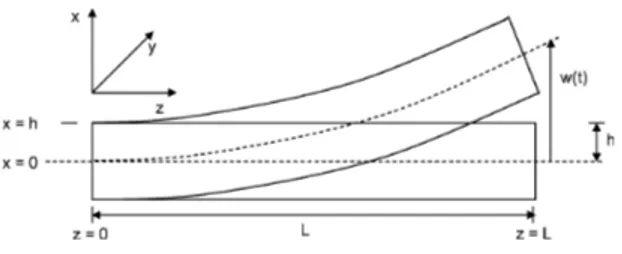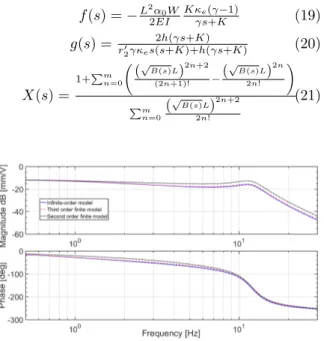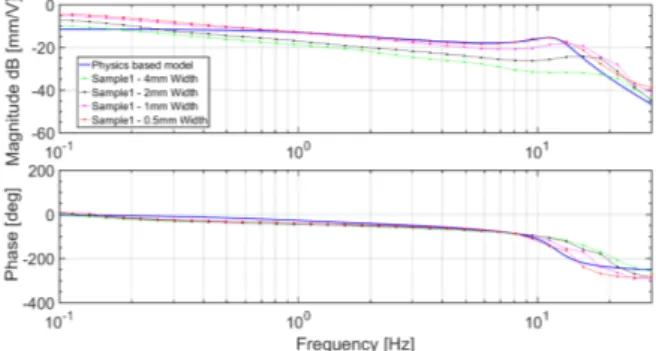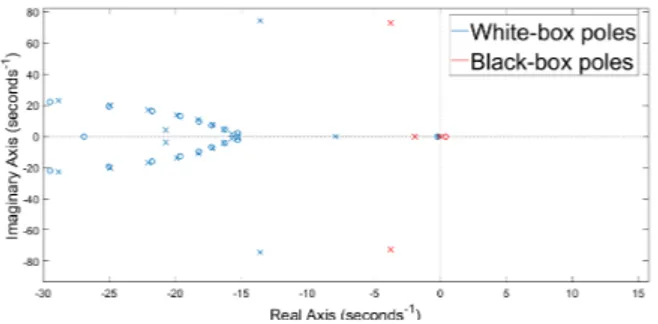TítuloFrequency response of IPMC actuators: physical characterization and identification for control
Texto completo
Figure




Documento similar
In this paper, we characterize the vanishing of such invariants for a
To see this, note that each edge we paste along corresponds to a cross cut in the unit disk and that the diameter of the cross cut is comparable to its harmonic measure with respect
No obstante, como esta enfermedad afecta a cada persona de manera diferente, no todas las opciones de cuidado y tratamiento pueden ser apropiadas para cada individuo.. La forma
This text discusses the characterization of compact solid-state lasers, as a first approach to the study of the microchip laser concept applied to several rare earth-doped
The availability of small deformable mirrors with large number of actuators and stroke, on one hand, and versatile wavefront sensors (pyramid WFS), on the other, allows the
This chapter provides information necessary to install and use the IPMC712 and IPMC761 modules on your MVME5100 Single Board Computer (SBC).. The IPMC712 and IPMC761 are
Number of actuator modules over the actuators per module. thickness of the support
The hardware abstract layers model the features of the physical components of the system, defining virtual sensors, actuators, motion controllers, etc.. The hardware abstract


